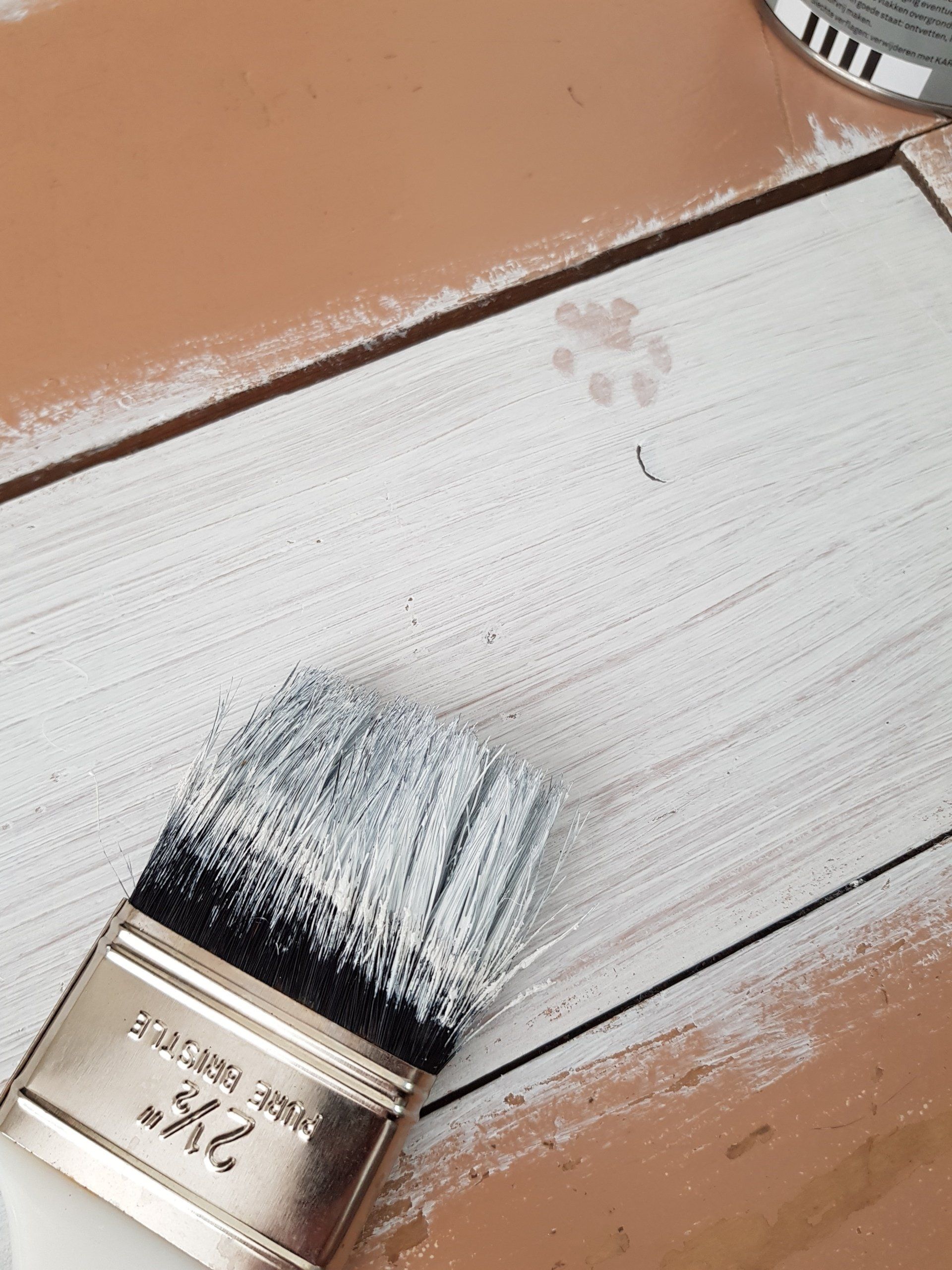Living Room Accent Wall Colors: What Not to Do?
Living Room Accent Wall Colors: What Not to Do?
Have you been searching for tips on the colors of your living room accent walls and have only come across ideas of what you ought to be doing but don't know what are the most common mistakes to avoid? It's not easy to narrow down possible options by simply taking a look at what is successful. You might also have to be aware of what isn't working to make the most appropriate choices for your house. Here, we'll guide you through the steps of knowing what you should avoid doing when it comes to choosing accent wall shades.
Pick the Wall Wisely
Don't Paint Two Accent Walls
The purpose of an accent wall is to help it pop and be noticed in the living space. To be able to be effective, it must stand by itself. By painting two walls with accents, the effect can be diminished and can detract from the meaning it was intended to give. The addition of two walls using an accent color or design can confuse the eyes and reduce your impact when you highlight the wall.
Colors for accent walls in living rooms tend to give the illusion of depth and drama to a space. They are not just a way to bring a room together; they can also make an expression of your personal style. If you paint two of them, you could possibly make your space appear smaller rather than larger.
Don't Paint a Short Wall as an Accent Wall
One of the main benefits of having a feature wall in the living space is it could create a backdrop for furniture or other architectural elements. If you choose to paint a small wall with an accent color there may not be enough space for the furniture you would like to show off.
It also won't provide the same effect of expanding that a larger accent wall can give the room. Accent wall colors for living rooms are designed to catch the attention and serve as the focal point that anchors the surrounding decor. If you opt for a smaller wall for this, it won't provide enough space to achieve this.
Pick the Colors Wisely
Don't Match Colors to Other Walls
A wall with an accent should not be a contrast to the walls that are in the room. It is best to choose it according to the furniture or décor that is to be used. This will help tie the whole space together and will provide the chance to coordinate other things to match the living room's accent wall color.
If you match the colors with the walls, the interior design of the room may not be considered. Even worse, it could be too homogenous and provide only a minimal amount of contrast. This could result in an uninspiring look.
Don't Overdo It
The colors of the accent walls in your living room should be interesting and unique. It is, however, easy to go overboard and select a hue that isn't compatible with other elements of the room. Avoid picking one color solely because it's appealing. This could result in conflict that can make the space unattractive.
When picking the colors for your accent walls, don't choose colors by the amount of bold they seem. Select your colors according to whether they are compatible with your furniture and décor things like throw pillows, rugs, and other accessories.




